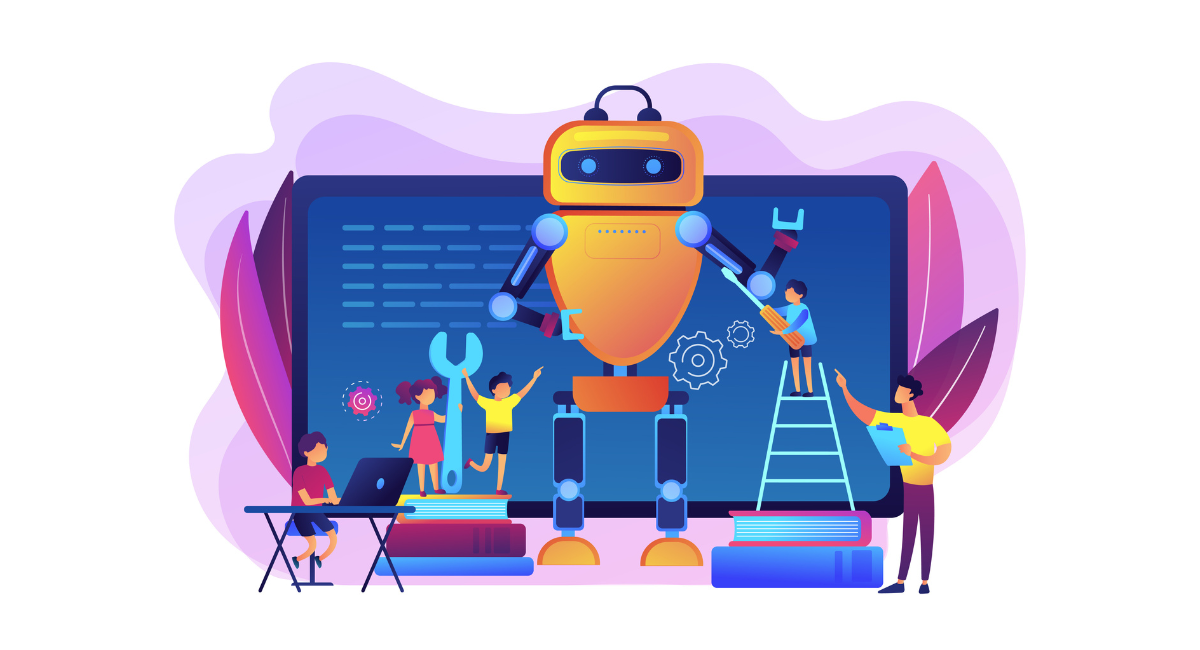Test automation is no more optional; it's a necessity if one needs to succeed in the fast-moving tech world today.
In the same light, many major stakeholders in software development, such as QA engineers, developers, and project managers, face quite a good number of obstacles when learning test automation.
This blog describes such challenges and gives hints and strategies on how to overcome them. From engineers to novice testers, here's information designed to help.
Understanding the Basics of Test Automation

But getting deep into the details of test automation requires one to first understand what test automation is and why it matters. Test automation is where software tools are used for running pre-scripted tests on any software application before the release.
It makes sure that the application will work as it ought to and will live up to the desired standard of quality. It is, hence, quite indispensable in contemporary software development, since it is efficient, accurate, and capable of taming monotony with more than a hint of never going wrong.
However, several myths are attached to test automation that beginners generally come across. One of the prevalent ones is that test automation will replace manual testing altogether.
On the other hand, though automation does reduce the need for manual tests to a minimum, it by no means eliminates them. Manual testing remains important for exploratory and usability tests, or even ad hoc scenarios in which human intuition and creativity are not substitutable.
Another challenge involves the steep learning curve of the automation tools and scripting languages, which can be daemonically steep for a first-timer.
The Evolution of Test Automation
The history of test automation places in context and gives an appreciation of the current state of the art. If it started as the most naïve kind of test automation.
The test automation relying on simple scripting enabling the automation of some repetitive tasks, then it really started to evolve with the advancements such as Selenium and JUnit that actually set new ways in which the field could make more sense.
Today a new wave of innovation, driven by AI and machine learning, changes all of that. These technologies are more than fashionable buzzwords; they do revolutionize continuous testing by conducting smarter, faster, and more reliable tests.
For example, AI can predict where it currently might fail and thus optimize test cases to reduce time and effort in test maintenance.
What are the Challenges You Faced in Automation Testing?

While automation testing is helpful in many ways, it also has its own set of challenges. Among the major ones that the testers are confronted with is the choice of the right tools to be used.
There are so many frameworks for automating, and choosing the right one to fit in with the requirements of the project and the skill sets of the team members could be a bit overwhelming.
Because of frequent application change, maintenance of automated test cases becomes a serious burden. This results in a very common scenario where test scripts are always out-of-date, or they become invalid and require constant updates and revalidation.
In addition, there is normally no integration between the development and testing teams, which may also affect the automation process and, therefore, the quality in general.
Another issue is a seamless linkage with CI/CD pipelines, which is challenging because testers must make sure that their automation suites are solid enough to work in a continuous testing environment.
The challenges pointed out here underscore the need for strategic planning and constant communication among teams for test automation to become a success.
Overcoming Challenges in Learning Test Automation
One can get overwhelmed by learning test automation, but several strategies can help one to get over such hurdles. If you are a QA engineer or a developer, never stop learning. Take courses, join webinars, and engage in community forums to be at par with changing trends and tools.
The particular challenge for project managers is how to integrate test automation into their current workflow; it strongly depends on cooperation.
Engage with your team members, understand what pain points they are going through, and work toward mitigating them together. This could even be coupled with adequate training and resource provisions to smoothen the switchover to automated testing.
Teammates and leaders in the software testing lifecycle similarly value a culture of learning and experimenting. Cultivate an environment of knowledge sharing and gaining experiences from the team, and do not shy away from new tools and techniques.
The Role of AI and Machine Learning in Test Automation
Now, the role that AI and machine learning have played in test automation is that of game changers. From predictive analysis to self-healing scripts, intelligent test case generation is among the many benefits realized from these technologies.
For instance, AI will analyze historical testing data for the prediction of failures in the future so that teams will be able to focus their efforts on high-risk areas.
Laced with several technology options, it is evident through real-world examples that companies the likes of Google and Facebook have integrated AI and Machine Learning test processes.
The results have been excellent with increased release cycles and super software quality. These case studies go a long way in indicating that if one has the correct approach, then advanced test automation learning barriers can be surpassed.
Tips for Effective Learning and Implementation
There are plenty of resources you can utilize to learn test automation effectively. Online platforms like Udemy, Coursera, and Pluralsight offer good courses on the topic of test automation and tools.
You can learn a lot from books, blogs, and forums. In the case of implementation, begin with small things: automate only simple repetitive scenarios and move on to complex ones.
Best practices are related to writing clean and maintainable code, regularly update your test cases, and integrate automation into your continuous integration/continuous deployment pipeline.
Another valuable tip is to document what you learned and also the processes. This will not only help in retaining your knowledge but will come in handy for your team too.
Book a Demo and experience ContextQA testing tool in action with a complimentary, no-obligation session tailored to your business needs.
Conclusion
Learning test automation is a tricky but well-rewarded business. The challenges that lie in your way can be mitigated by knowing the basics and understanding the evolution, making use of modern technologies like AI and machine learning.
It requires continuous learning, collaboration, and experimenting to master this highly significant skill.
Remember that this all is not about test automation, but about improving quality and productivity in software development processes.
Share your experiences with any type of problems that occurred while trying to automate tests; you will most probably help others on a similar track.
Feeling inspired with the urge to take your test automation skills to the next level? Sign up for our resources, free of charge, and be a part of the community of the best professionals working on how to master the art of test automation.
Also Read: What is the recommended first step when encountering a bug or defect in a project?
We make it easy to get started with the ContextQA tool: Start Free Trial.
